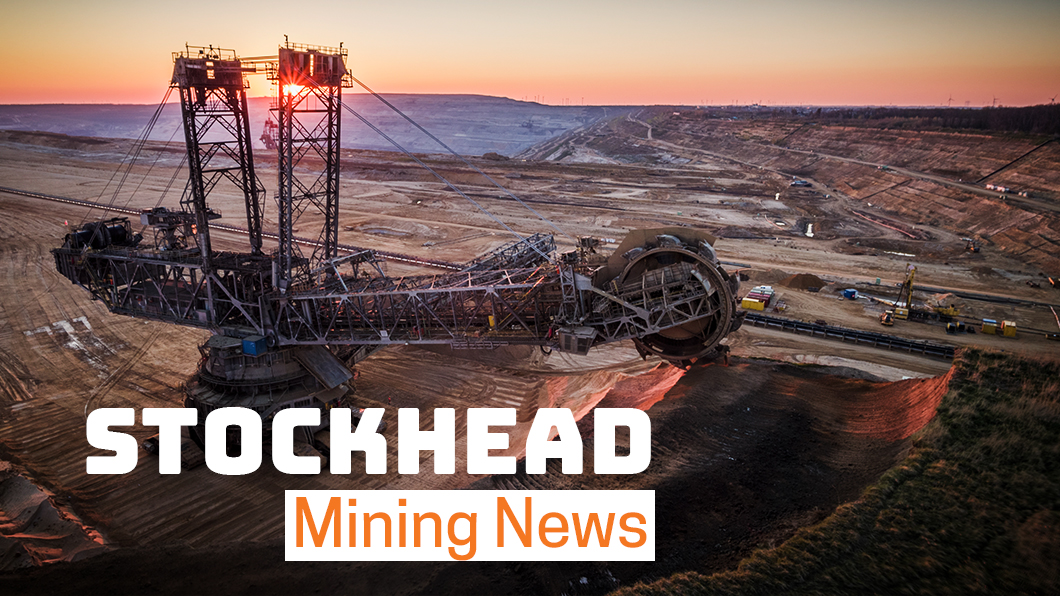Gold (and gold explorers) climbing on COVID-19 second wave concerns

Pic: Schroptschop / E+ via Getty Images
Gold prices surged on Friday after a senior US Federal Reserve official warned that a possible second wave of COVID-19 infections could prolong economic shutdowns and disrupt the economic rebound.
“So far, in the United States, efforts to contain the virus have not been particularly successful,” Boston Federal Reserve President Eric Rosengren said.
“This lack of containment could ultimately lead to a need for more prolonged shut-downs, which result in reduced consumption and investment, and higher unemployment.”
Ongoing geopolitical tensions and European leaders delaying the sign-off for a massive stimulus package also contributed to spot gold climbing 1.6 per cent to $US1,750.05 an ounce, or about $2,564.48 in Australian dollars thanks to the favourable exchange rate.
The belief that gold has further room to rise continues to grow with Goldman Sachs weighing in with its opinion that the precious metal could hit $US2,000 an ounce within a year due to low interest rates, a weaker US dollar and investor concerns about currency debasement in the aftermath of the pandemic.
This is up from the investment bank’s previous US$1,800 an ounce forecast.
It joins Citibank, which said last month that gold could hit $US2,000 in the medium term.
Chinese miners also appear to be confident about gold’s strength with a number of acquisition deals announced in recent weeks that include Shandong Gold’s recommended takeover offer for Cardinal Resources (ASX:CDV) that values the company at $300m.
In ASX News:
ASX-listed gold companies have been keeping busy in this high price environment with Alkane Resources’ (ASX:ALK) infill drilling at its Tomingley gold project in New South Wales returning thick high-grade intercepts.
Notable results at the Roswell deposit include 69m grading 9.12 grams per tonne (g/t) gold from 218m that includes a high-grade interval of 6.7m at 28g/t gold from 270.3m and 71m at 3.56g/t gold from 111m.
Meanwhile, significant intercepts from the San Antonio deposit are 7m at 7.67g/t gold from 186m, 48m at 1.48g/t gold from 24m, 45m at 1.62g/t gold from 45m and 5m at 3.06g/t gold from 156m.
Roswell currently has an inferred resource of 7.02 million tonnes (Mt) at 1.97g/t gold, or 445,000 ounces of contained gold, while San Antonio holds an inferred resource of 7.92Mt at 1.78g/t gold for 453,000 ounces of contained gold.
Alkane is currently preparing preliminary plans for both open-cut and underground mines beneath Roswell and San Antonio.
Metalicity (ASX:MCT) is increasing the footprint of its Kookynie gold project in WA with its application for a further 4,200 hectares of ground, taking its total landholding to over 11,000 hectares.
The new tenement application is situated over 11km of Melita Formation and is just 3km from the historical Ulysses Mining Camp.
Assays from the recently completed phase one drilling program are expected to start flowing through while a drone magnetic survey is currently being conducted over all of the company’s granted tenure at Kookynie.
Managing director Jason Livingstone says the application for additional land was due to the company’s goal of consolidating and commanding a tenement package of highly prospective ground.
He explained that with 11km of sparsely explored Melita Formation rocks, which host the notable trend that is the Ulysses-Orient Well area, the prospectivity of the tenement application is incredible.
Meanwhile, Poseidon Nickel (ASX:POS) has defined a resource of 179,000 ounces of contained gold for its Windarra gold tailings project in Laverton, WA.
The North and South Dams have been estimated collectively to contain a resource of 4.55Mt at 0.72 g/t for 105,000 ounces of gold while the Central Dam has been estimated to contain 6.2Mt at a 0.37 g/t for 74,000 ounces of gold.
This resource forms the basis for a pre-feasibility study that indicates that the project could produce 44,000 ounces of gold using low cost hydraulic mining and a new conventional leach processing facility.
Net operating cashflow has been estimated at $30m with all-in sustaining costs of $1,291 per ounce while net present value (NPV) and internal rate of return (IRR) are $23m and 62 per cent respectively.
NPV and IRR are measures of a project’s profitability.
Poseidon expects to complete a definitive feasibility study in the fourth quarter of 2020.
At Stockhead, we tell it like it is. While Metalicity is a Stockhead advertiser, it did not sponsor this article.
Related Topics

UNLOCK INSIGHTS
Discover the untold stories of emerging ASX stocks.
Daily news and expert analysis, it's free to subscribe.
By proceeding, you confirm you understand that we handle personal information in accordance with our Privacy Policy.








